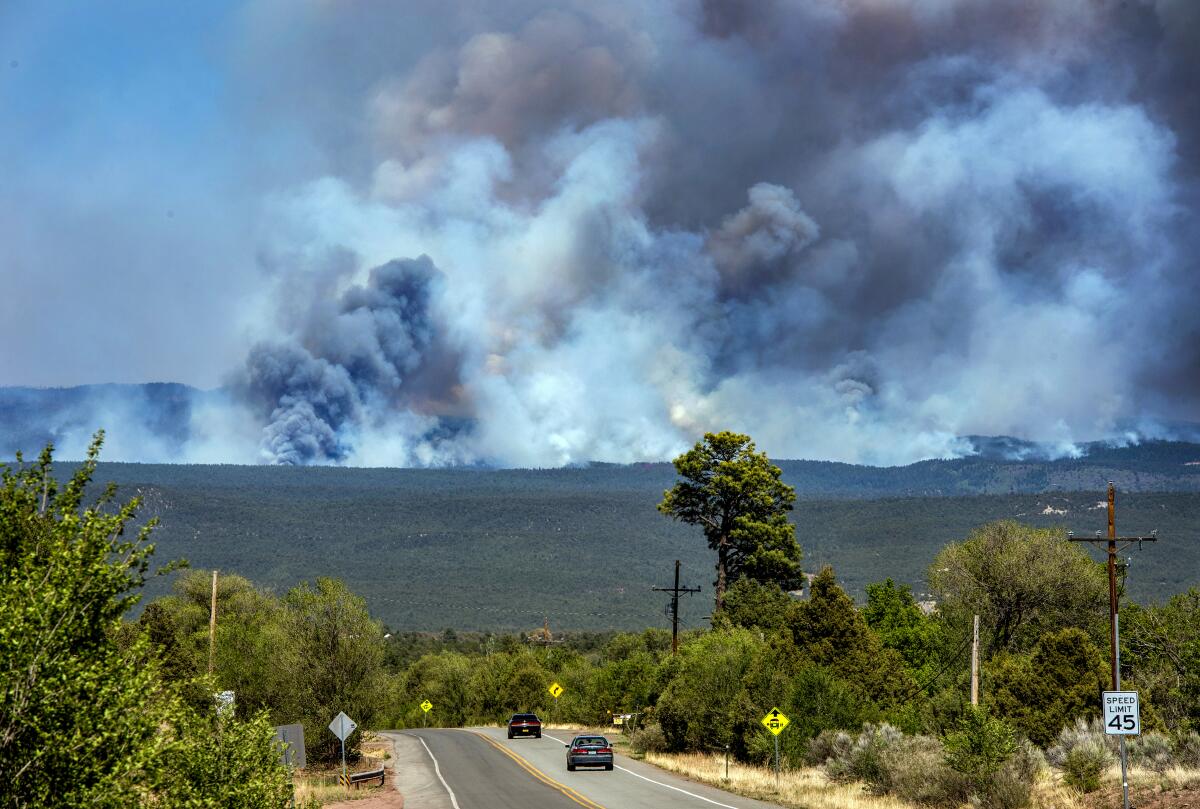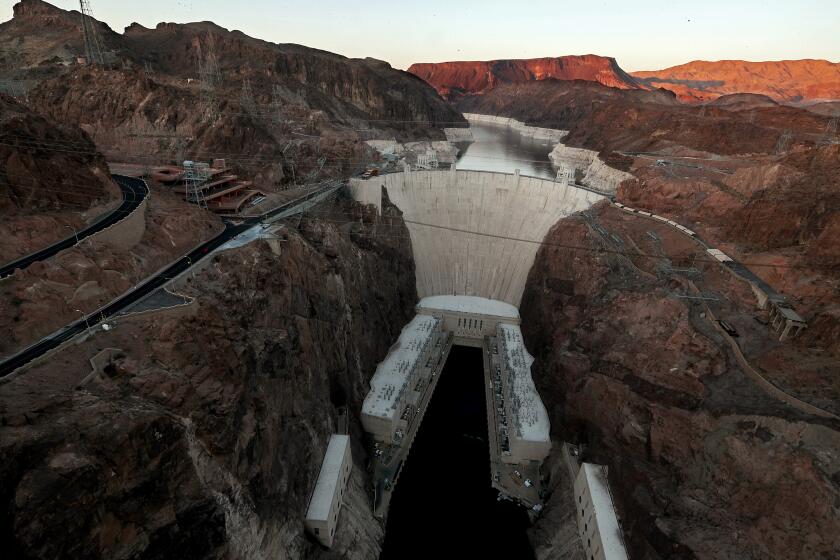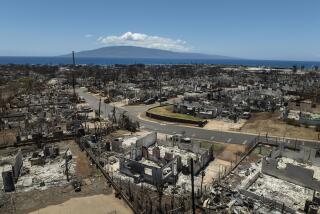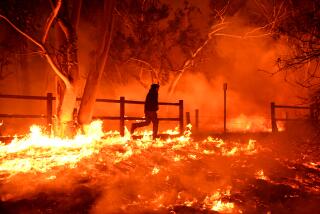Interior Department adds $103 million for wildfire hazards and land rehabilitation

BOISE, Idaho â The U.S. is adding $103 million this year to its budget for wildfire risk reduction and burned-area rehabilitation throughout the country as well as establishing an interagency wildland firefighter health and well-being program, Interior Secretary Deb Haaland announced Friday.
Haaland made the announcement following a briefing on this yearâs wildfire season at the National Interagency Fire Center in Boise, which coordinates the nationâs wildland firefighting efforts.
The U.S. is having one of its worst starts to the wildfire season with more than 30,000 fires that have scorched 4,600 square miles. Thatâs well above the 10-year average for the same period, about 23,500 wildfires and 1,800 square miles burned.
About $80 million will be used to speed up work removing potential wildfire hazards on more than 3,000 square miles of Interior Department lands, a 30% increase over last year. Another $20 million will be used to bolster post-wildfire landscape recovery.
The money is coming from the $1-trillion infrastructure deal President Biden signed late last year.
As the Colorado River water shortage worsens, major cutbacks are needed to reduce most perilous risks, a federal official tells senators.
âAs wildfire seasons become longer, more intense and more dangerous, President Bidenâs Bipartisan Infrastructure Law is bringing much needed support to communities across the country to increase the resilience of lands and better support federal wildland firefighters,â Haaland said.
The firefighter well-being program that includes the Forest Service will address physical and mental health needs for seasonal and year-round wildland firefighters, and will include post-traumatic stress disorder care. The fire center in recent years has started making efforts to encourage firefighters to seek mental health help after an increase in firefighter suicides.
âWildland firefighters work in incredibly stressful environments that can take a significant toll on their overall health and well-being, as well as on those who love them,â Haaland said. âStanding up a targeted interagency effort to provide trauma-informed mental health care is critical.â
The Interior Departmentâs program will establish year-round prevention and mental health training for wildland firefighters. The Interior Departmentâs Office of Wildland Fire will help create a new system for trauma support services that emphasizes early intervention.
About $3 million will be used for climate-related research that includes landscape resiliency, prescribed fire, carbon storage and greenhouse gas and smoke emissions.
Some of the money will be used to continue developing a wildfire risk mapping and mitigation tool thatâs being developed by the Forest Service and the National Assn. of State Foresters. That tool could help identify high-risk areas and make them a priority for treatment.
Wildfire seasons have become increasingly longer as climate change has made the West much warmer and drier in the past 30 years, and scientists have long warned that the weather will get wilder as the world warms.
More to Read
Sign up for Essential California
The most important California stories and recommendations in your inbox every morning.
You may occasionally receive promotional content from the Los Angeles Times.











